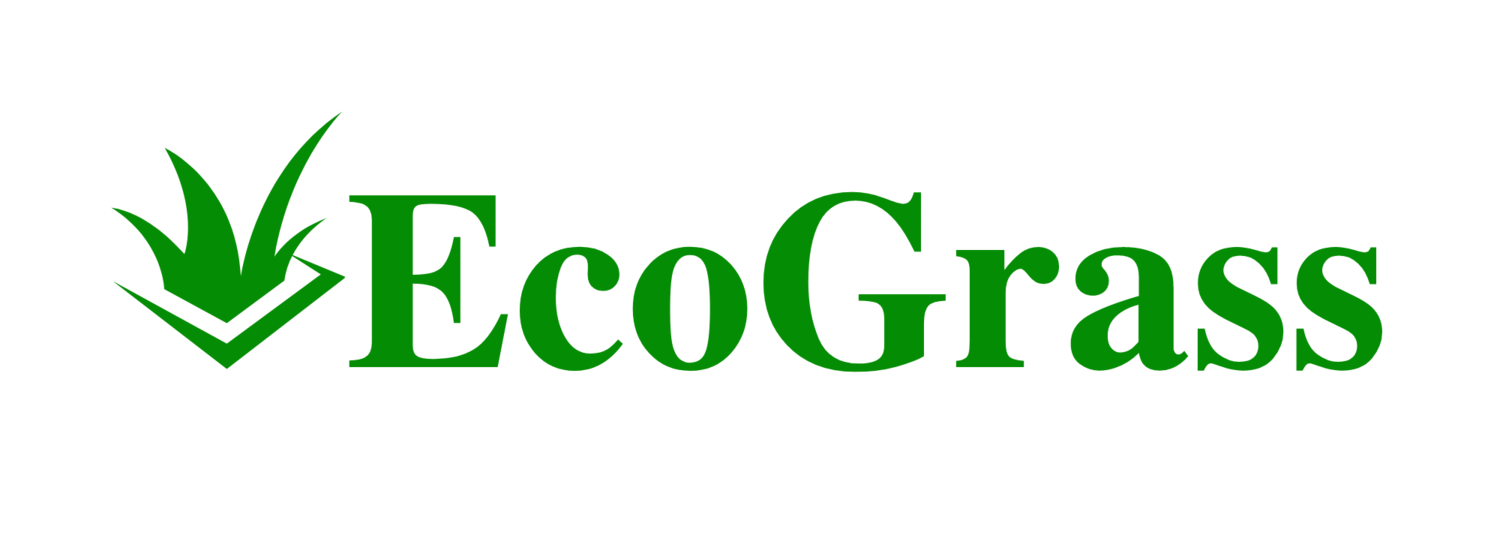Overview
Understanding Turf Toe
Turf toe, often known as a sprain of the big toe joint, results from a hyperextension injury at the metatarsophalangeal (MTP) joint. This usually happens when the big toe remains planted on the ground while the heel rises. Such motion impacts the ligaments and other connective tissues, leading them to stretch or tear, which results in pain and swelling in the area.
Commonly seen in American football players, turf toe can also affect athletes from various sports like soccer and basketball, especially when they compete on artificial turf surfaces. These surfaces are less forgiving than natural grass, increasing the risk of injury. However, anyone participating in activities involving strenuous toe movements is at risk.
This injury primarily affects the big toe's larger joint, known as the MTP joint, which connects the toe to the foot. Stability and mobility are provided by tendons, ligaments, and connective tissues that surround this joint. A turf toe injury can range from a minor sprain to a severe dislocation of the MTP joint.
Types of Turf Toe Injuries
Healthcare professionals categorize turf toe injuries using a grading system, which aids in determining the appropriate treatment plan:
Grade 1: Ligaments are stretched but not torn. There's tenderness upon touch and slight swelling, potentially causing minor sport activity limitations.
Grade 2: Partial tearing of soft tissue occurs, resulting in significant tenderness, swelling, and bruising. Sports abilities are notably restricted.
Grade 3: Complete tear of ligaments with severe pain, swelling, and potential dislocation of the MTP joint. Moving the toe becomes extremely difficult, and participating in sports is generally not possible.
Symptoms and Diagnosis
The symptoms of turf toe include sharp pain, tenderness, and visible swelling around the big toe joint, along with difficulty in movement. A healthcare provider typically performs a physical exam to diagnose turf toe, assessing the joint's stability and range of motion. Advanced imaging tests, like an MRI or an X-ray, may be necessary to determine the injury's extent.
Treatment and Recovery
Treatment for turf toe often follows the RICE protocol, involving rest, ice application, compression, and elevation to reduce inflammation and manage pain. Nonsteroidal anti-inflammatory drugs, such as ibuprofen, may be recommended. Severe cases might require immobilization with a walking boot or taping.
Physical therapy plays a crucial role in recovery, emphasizing rehabilitation exercises to restore strength and flexibility. In rare instances, surgical intervention may be required for complete ligament tears or dislocations to ensure proper healing. Recovery time varies, depending on the injury's severity and adherence to the treatment plan. Effective treatment can lead to positive outcomes and a return to normal activities.

